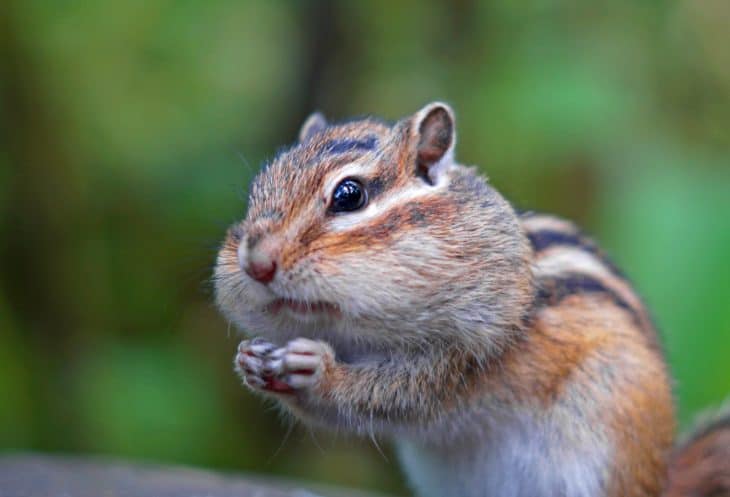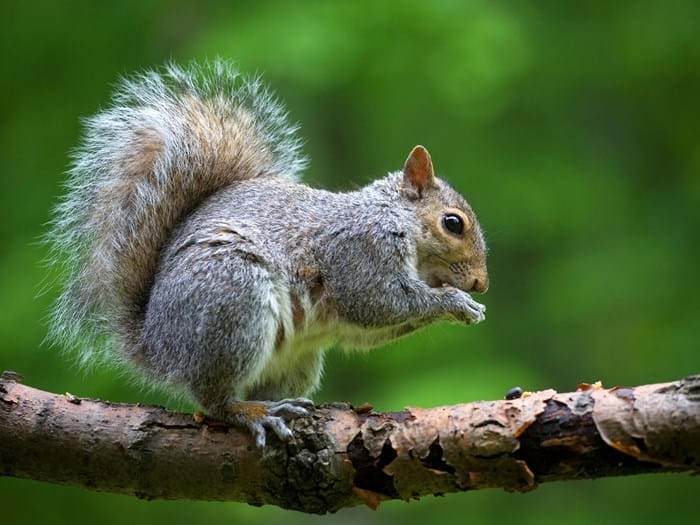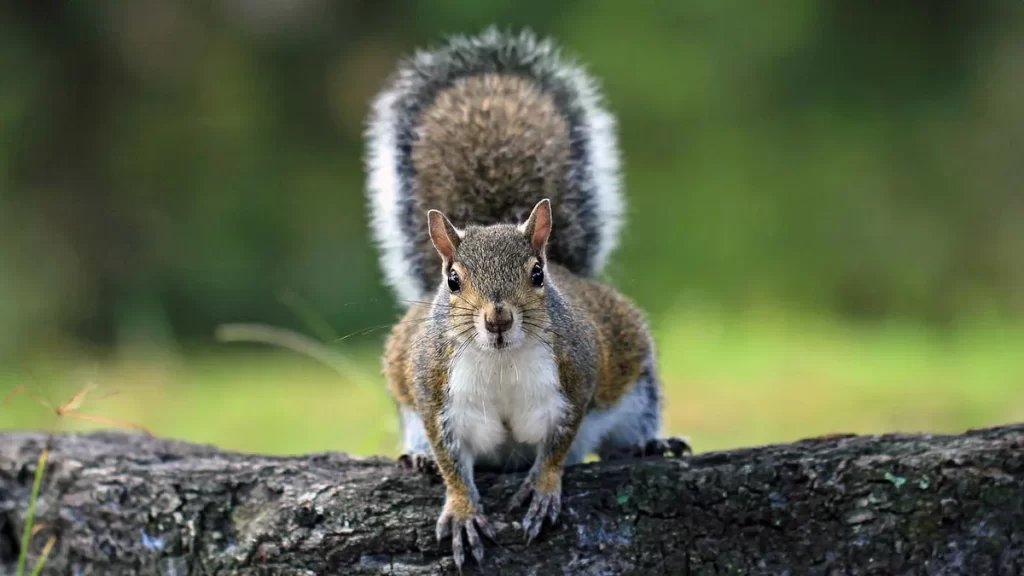Squirrels are among the most common and familiar animals in many forests around the world. They play a crucial role in seed dispersal and forest regeneration by acting as seed predators, seed hoarders, and scatter-hoarders. This process is called “caching,” and it involves burying seeds in the ground for later use. By doing so, squirrels help redistribute tree seeds across the forest landscape, providing opportunities for new trees to grow and regenerate the forest.

Seed Predation
Squirrels are known to feed on a wide variety of seeds from different tree species. They often consume the seeds of hardwood trees such as oak, hickory, and maple, as well as conifers such as pine, spruce, and fir. By consuming these seeds, squirrels help to control the populations of seed predators that might otherwise consume all the seeds and prevent the growth of new trees.
Seed Hoarding
Squirrels also act as seed hoarders, collecting seeds from trees and burying them underground for later use. Hoarding helps squirrels to store food for winter when food supplies are scarce, but it also has important implications for forest regeneration. Squirrels bury more seeds than they can consume, and many of these seeds are forgotten or abandoned, which can lead to the growth of new trees.
Scatter-Hoarding
Squirrels are also scatter-hoarders, which means that they distribute seeds across the forest landscape by burying them in different locations. This process helps to disperse seeds more widely and increases the chances that they will germinate and grow into new trees. Scatter-hoarding also helps to reduce competition between trees in the forest, as seeds are spread out over a larger area.

Seed Dispersal and Forest Regeneration
The role of squirrels in seed dispersal and forest regeneration is crucial and has been studied extensively by ecologists and forestry experts. Squirrels help to maintain the diversity of tree species in the forest by distributing seeds from different trees across the landscape. This process ensures that there are always new trees growing in the forest, which helps to maintain the health and vitality of the ecosystem.
Squirrels are particularly important for the regeneration of hardwood forests. Hardwood trees such as oak, hickory, and maple are long-lived and slow-growing, and they depend on animals like squirrels to disperse their seeds over long distances. Without squirrels, these trees would have a much harder time regenerating, and the forest would be dominated by faster-growing, less diverse tree species.
In addition to dispersing seeds, squirrels also help to prepare the soil for tree growth. When squirrels bury seeds, they disturb the soil, which helps to aerate it and makes it easier for seeds to germinate. By doing so, squirrels are creating ideal conditions for the growth of new trees and helping to regenerate the forest.
The Importance of Maintaining Squirrel Populations
The role of squirrels in seed dispersal and forest regeneration underscores the importance of maintaining healthy populations of these animals in the forest. Squirrels are threatened by habitat loss, hunting, and disease, all of which can impact their ability to disperse seeds and regenerate the forest.
To maintain healthy squirrel populations, it is important to provide them with suitable habitat and food sources. This means preserving forest habitat and maintaining a diverse array of tree species that can provide squirrels with the seeds and nuts they need to survive and thrive.

Squirrels play a crucial role in seed dispersal and forest regeneration by acting as seed predators, seed hoarders, and scatter-hoarders. By eating, burying, and distributing seeds across the forest landscape, squirrels help to regenerate the forest and maintain the diversity of tree species. Maintaining healthy populations of squirrels is critical to ensuring the health and vitality of forest ecosystems, and we must work to preserve their habitat and protect them from threats such as hunting and disease.